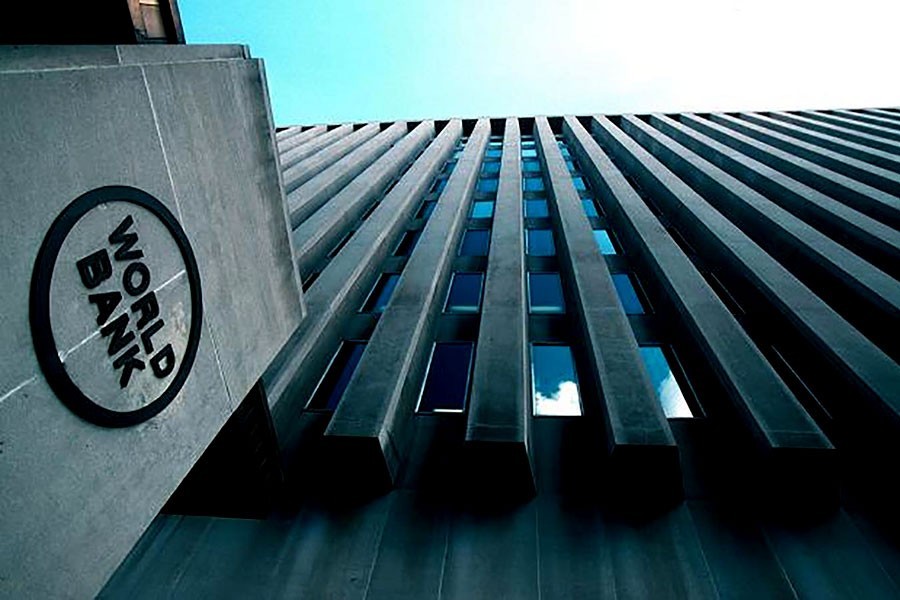Food inflation remains high in Bangladesh along with many other countries in South Asia, making healthy food less affordable across the region, according to the World Bank (WB).
"The high incidence of climatological shocks, depletion of foreign-currency reserves, and depreciation of local currencies keep food inflation high in South Asia," said the global lender in its latest Food Security Update.
In December 2022, year-on-year consumer price inflation for food prices was 7.9 per cent in Bangladesh, 7.4 per cent in Nepal, 35.5 per cent in Pakistan, and 64.4 per cent in Sri Lanka, it revealed.
The WB also said domestic food price inflation remains high around the world.
Information between September 2022 and December 2022 shows high inflation in almost all low-income and middle-income countries, according to the WB newsletter.
About 94.1 per cent of low-income countries, 92.9 per cent of lower-middle-income countries, and 89 per cent of upper-middle-income countries saw inflation at the level of above 5.0 per cent, with many experiencing double-digit inflation.
The share of high-income countries with high food price inflation has risen to 87.3 per cent. The countries affected most are in Africa, North America, Latin America, South Asia, Europe, and Central Asia.
Since its last update on 13 December 2022, the WB said agricultural, cereal, and export prices remained relatively stable with domestic food price inflation maintaining a high level in almost all countries.
Global food prices are expected to remain high and the countries that experience food crises absorb the largest volume of humanitarian financing.
The WB report noted that high fertiliser prices become a significant obstacle to food production in many low-income countries.
Food inflation during pregnancy and in the first years of a child's life is associated with greater risk of child wasting in the short run and stunting in the long run, it added.
The WB projected that the global economy would grow by 1.7 per cent in 2023 and 2.7 per cent in 2024.


